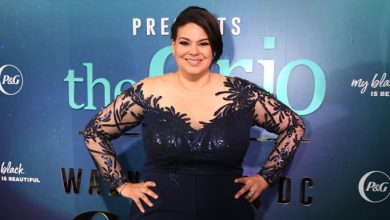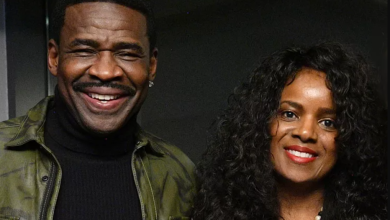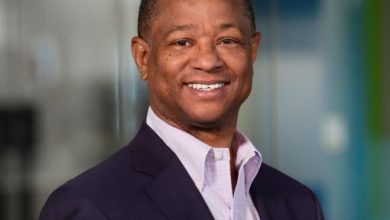How Implicit Bias is Keeping Black Americans Out of Clinical Trials – BlackDoctor.org
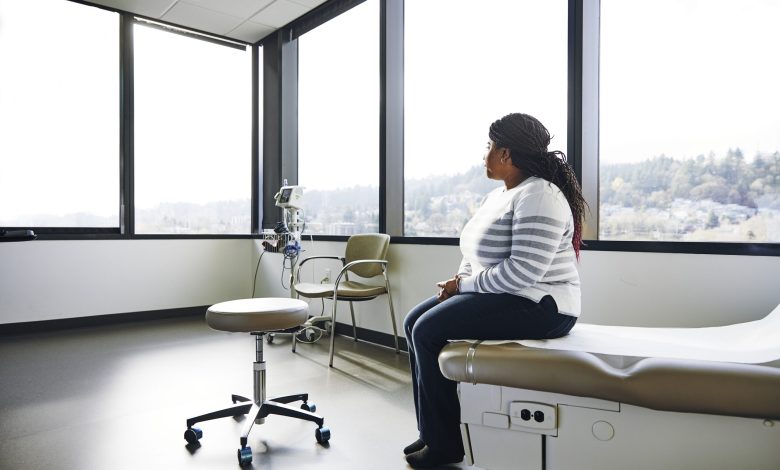
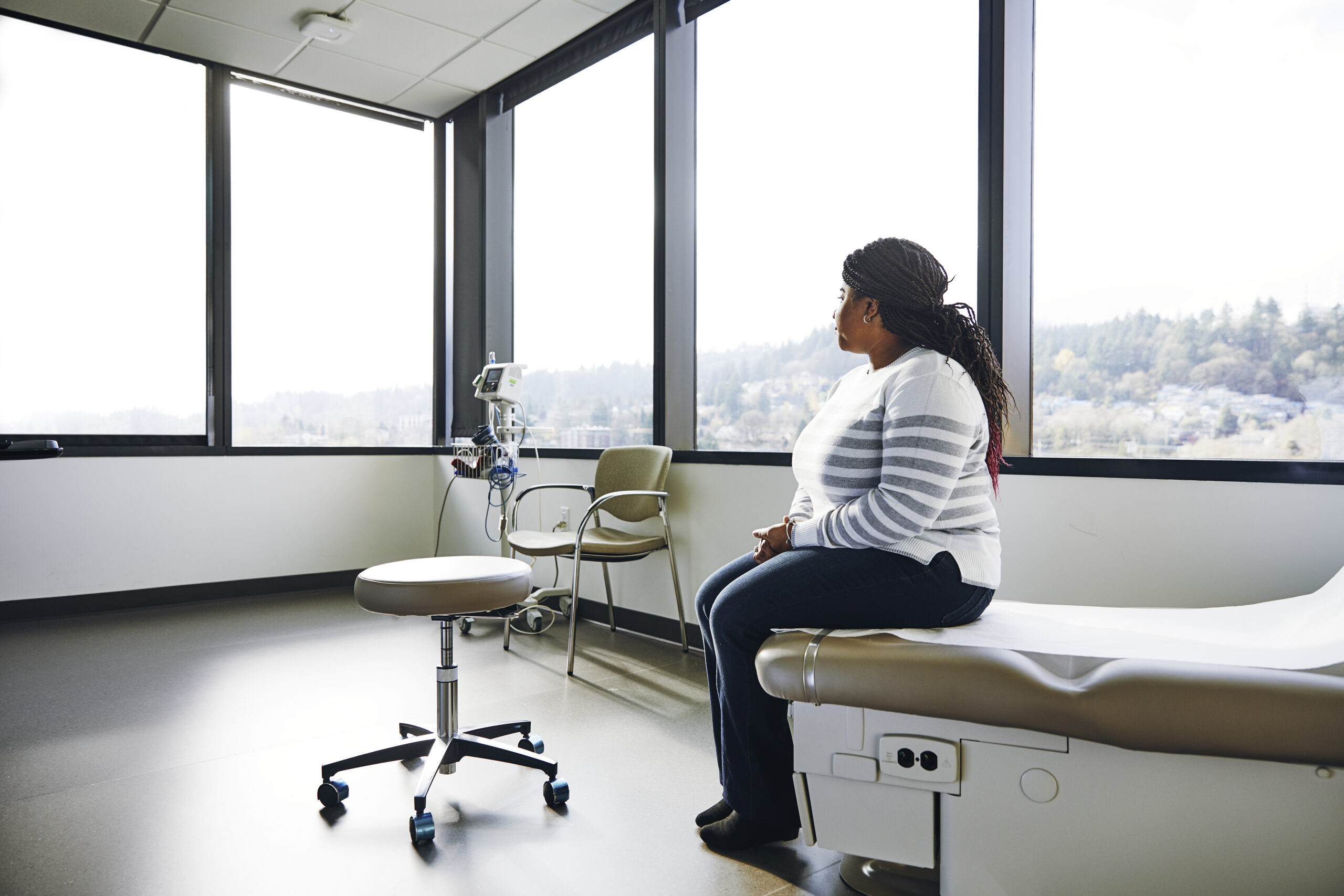
Clinical trials play a crucial role in advancing medical research and developing life-saving treatments. However, a constant challenge has been the underrepresentation of Black Americans in these trials, which can lead to incomplete data and health disparities outcomes. One of the key factors contributing to this issue is implicit bias—the unconscious attitudes or stereotypes that influence decision-making and behavior.
What is implicit bias?
Implicit bias in health care is unconscious prejudices that health care providers hold towards patients, based on characteristics like race, ethnicity, gender, age, or socioeconomic status. These biases can influence medical decisions and patient interactions in ways that can poorly impact their health.
During a recent BDO panel discussion on clinical trial diversity, Dr. Nadine Barrett, Senior Associate Dean at Wake Forest School of Medicine, highlighted the impact of implicit bias on clinical trial recruitment and patient retention in those trials.
“Even when we have studies that are showing these implicit biases exist, and that’s qualitative. So that’s actually coming from the voices of the people who should be asking. Right? The research team and the frontline recruiters,” she stated.
Dr. Barrett referenced a study from University of Alabama at Birmingham, which involved 91 interviews with frontline clinical research teams. The study revealed concerning attitudes, such as the perception that people of color would be too challenging to deal with or would not adhere to the treatment protocol. These implicit biases can lead to conscious or unconscious decisions to exclude certain groups from clinical trials, perpetuating the cycle of underrepresentation.
How to address implicit bias in clinical trials
Sharon Rivera-Sanchez, CEO of Trials of Color, echoed the importance of addressing implicit bias in clinical trial recruitment. “We really have to continue to reach out, continue to be a voice,” said Rivera-Sanchez. “And when you say meet a person where they are, what does that mean? What that means to me is an underserved neighborhood,” she said, emphasizing
